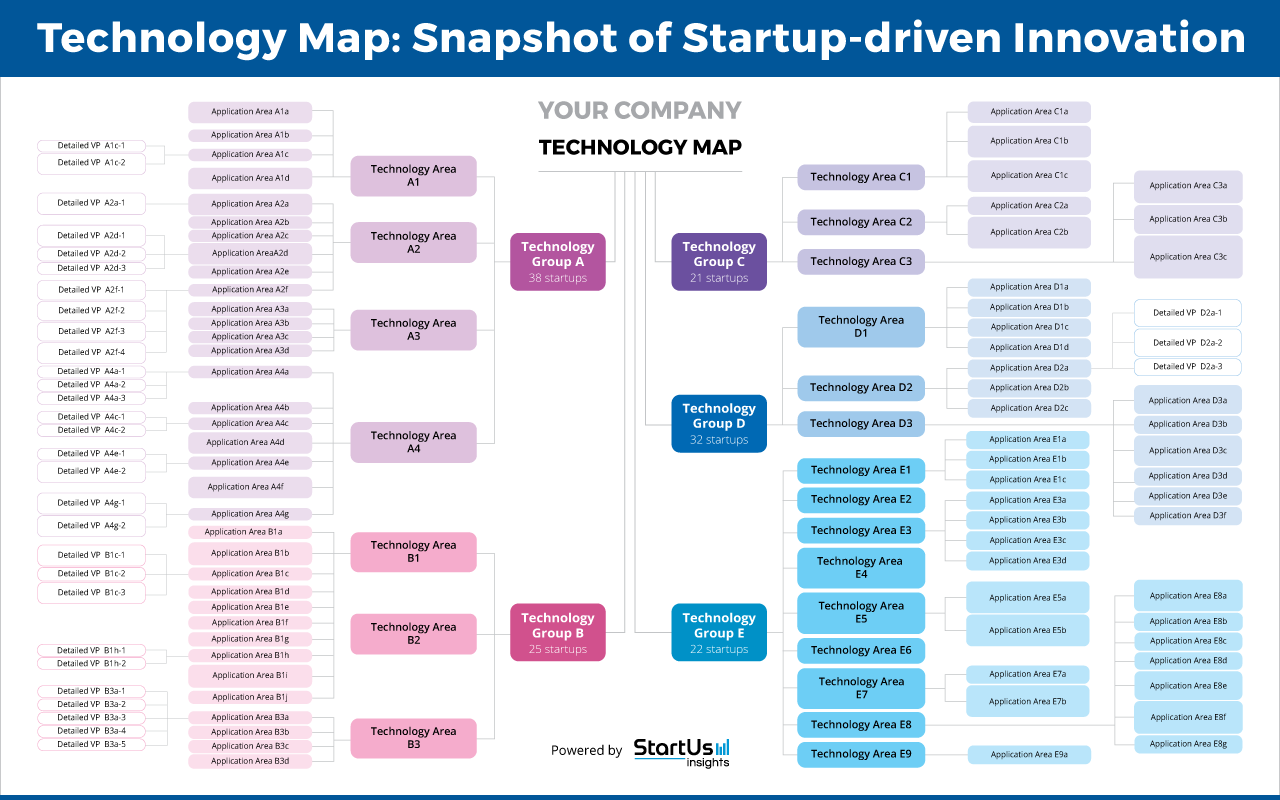Most innovations either rely on existing technologies or operates within existing markets. Rarely, innovation has the potential to leverage new technologies, often combined with innovative business models, to create new markets. This is better known as radical innovation. It has the potential to propel young companies to market leadership in an astonishingly small time frame. For existing market leaders, it provides an opportunity to strengthen their competitive advantage by gaining a first-mover advantage in a totally new market.
The first iPhone is a classic example of a radical innovation that provided Apple with over five years of unchallenged leadership in the smartphone market. It brought together many new technologies to a phone and created a mass market for smartphones, even though it wasn’t the first smartphone. Similarly, Salesforce used, new at the time, cloud technologies to create the software-as-a-service market with the first solution of its kind.
Radical innovation differs from architectural innovation (creating new markets with existing technologies) and disruptive innovation (disrupting existing markets with new technologies). Since the uncertainty is double-sided for radical innovation, the risk is far greater than any other kind of innovation. However, as Apple and Salesforce show, the reward is also proportionally greater. In this report, learn how to foster and benefit from radical innovation.
How to enable Radical Innovation
Radical innovation is a high-risk, high-reward endeavor. However, there is a method to the madness. Here is how you can advance radical innovation within your company:
Pursue Moonshot Technologies
Radical innovation requires industry-disrupting technologies and products. More importantly, these should be technologies and products that your competition cannot quickly replicate. Such technologies are hardly ever a result of incremental advances in existing technologies. To develop radical products, companies must invest in and pursue moonshot technologies that are only profitable, if ever, in the long term.
Data-driven technology landscaping offers a peek into the entire breadth and depth of nascent and emerging technologies. This allows companies to identify potentially disruptive technologies before their competition. Similarly, startup scouting, particularly deep tech scouting, allows companies to identify and partner with external innovators advancing moonshot technologies.
Develop Core Competencies
Pursuing radical technologies requires massive capital upfront. Diverting money from safer bets to such initiatives is a risky proposition for companies. This is why developing core competencies is critical for companies looking to pursue radical innovation. By improving organizational efficiency, it also increases the odds of success for long-term projects. It also allows companies to operate efficiently with lower costs. Moreover, as history shows, great engineering teams often translate into great products.
Among other benefits, open innovation provides innovation managers insights on how they can improve the processes within their companies. It identifies best practices that save time and cost as well as are easy to implement with existing infrastructure. Further, it informs managers about which emerging technologies they need to build upon now to enable more ambitious projects in the future.
Utilize Employee Feedback
Employee feedback is an integral part of innovation for products and services with routine feature launches. However, if leveraged well, it also has the potential to contribute to radical innovation. Communication across departments and bottom-up innovation unlock ideas that aren’t possible with a single department. It also provides new insights into how to use products and business models to support them. Lastly, intrapreneurship or fostering an entrepreneurial mindset among internal teams also has the potential to accelerate radical innovation.
With the growing adoption of open innovation, more companies are taking a distributed approach to innovation. This empowers employees across business units to identify hard problems as well as integrates innovation with business strategy.
Be Open to Business Model Innovation
Creating a new market with new technology often requires a disruptive business model as well. The business model doesn’t just have to be the first of its kind for a new market, but be able to sustain the competitive advantage gained from the new technology. To achieve this, companies must foster business model innovation, an approach that prioritizes the delivery of products and services. It also works the other way around in guiding companies about which latent technologies to build upon.
Innovation intelligence bridges the gap between disruptive business models and radical innovation. It allows companies to identify emerging technologies that accelerate new product development. More importantly, it enables companies to create thick value by adopting practices that generate long-term growth without impacting short-term returns.
Benefits of Radical Innovation
1. Greater Competitive Advantage
Today, competitive advantage from a novel product doesn’t last long as competitors come up with similar products within months or weeks. Radical innovations, on the contrary, are harder to replicate, providing a greater competitive advantage. This, in turn, generates higher and more consistent results for a long time.
2. Own the Value Chain
Most successful radical innovations are disruptive in terms of both the underlying technology and the business model. As the first mover in a completely new market, radical innovators have unchallenged access to the entire value chain of the market. This allows companies to make money in multiple ways simultaneously, improving profitability.
3. Beat the Commodity Trap
As any market saturates, companies are forced into the commodity trap, where they find themselves engaged exclusively in incremental innovation. This shrinks profit margins and lowers the value proposition of your products. Radical innovation allows a company to escape the commodity trap by creating a new market for itself.
Advance Radical Innovation with Innovation Intelligence
Coming up with disruptive technologies or business models is hard separately but innovating both together is incredibly difficult. Innovation intelligence comes to the rescue by providing you with a data-driven decision support system to inform your innovation strategy. Depending on your innovation goals, we offer a range of innovation intelligence services enabled by the StartUs Insights Discovery Platform. Some of our services that help you identify opportunities for radical innovation include:
- Trend Scouting: Identify the emerging and latent trends and developments that will impact your competitiveness
- Technology Scouting: Reveal emerging and latent technologies that match your innovation goals
- Startup Scouting: Discover over 2,5 million startups & scaleups globally, scouting the right partners & saving you weeks of desk research

Leveraging radical innovation requires companies to identify high-potential, startup-led innovations early on.

![AI in Automotive: A Strategic Guide for Industry Leaders [2025-2030]](https://www.startus-insights.com/wp-content/uploads/2025/03/AI-in-Automotive-SharedImg-StartUs-Insights-noresize-420x236.webp)

![AI in Healthcare: A Strategic Guide for Industry Leaders [2025-2030]](https://www.startus-insights.com/wp-content/uploads/2025/03/AI-in-Healthcare-SharedImg-StartUs-Insights-noresize-420x236.webp)




